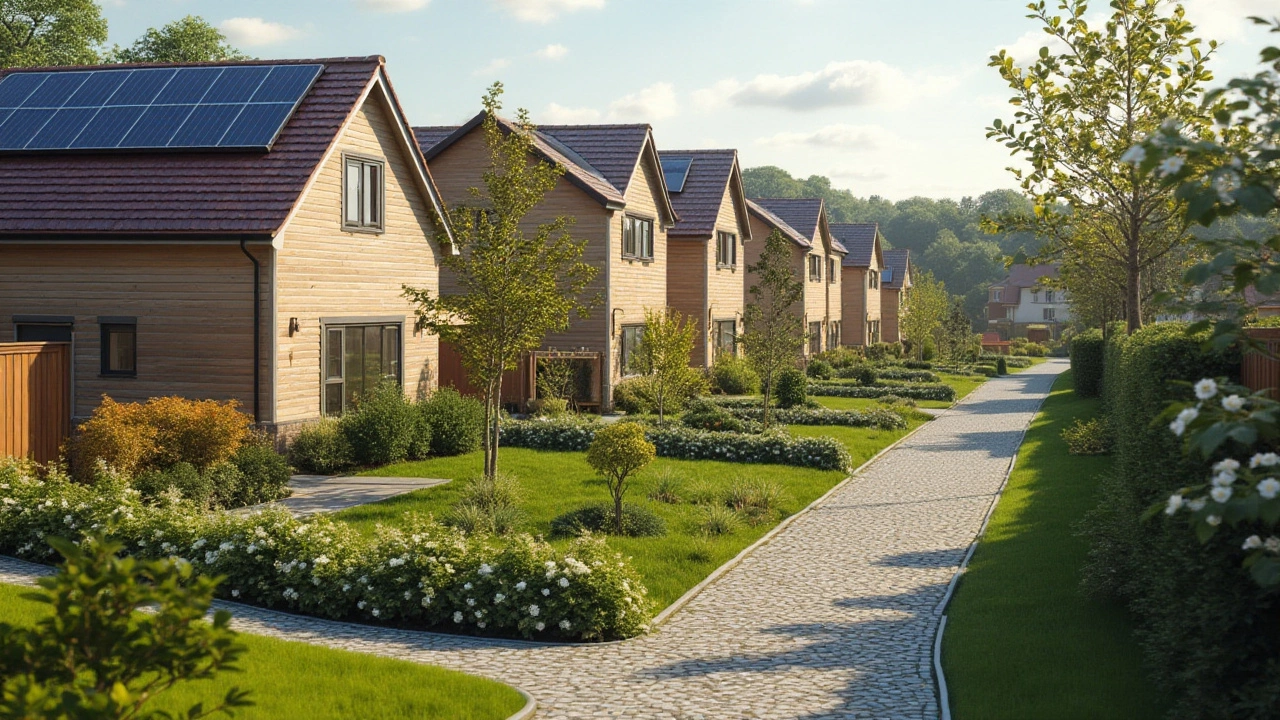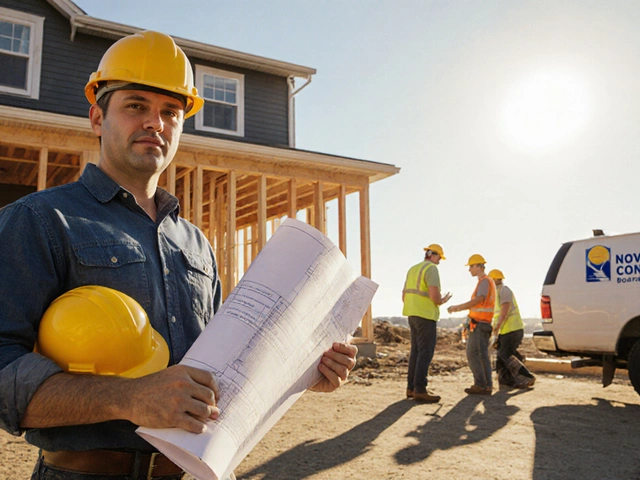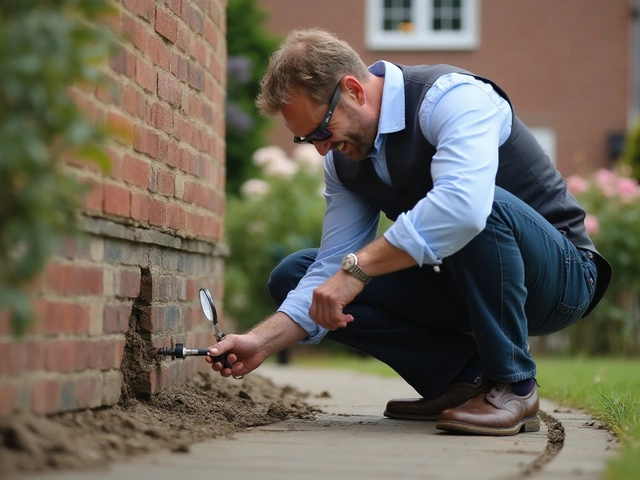Housing Construction: Practical Tips, Trends & Resources
Starting a house build or a major renovation can feel overwhelming. You’re probably wondering where to begin, what mistakes to avoid, and how to choose the right materials without blowing your budget. Below you’ll find straight‑forward advice that covers the biggest pain points – foundation health, material selection, and finishing details – all wrapped up in a friendly, easy‑to‑follow format.
Key Considerations for a Strong Foundation
The foundation is the part of the house you never see, but it’s the first line of defense against settlement, moisture, and structural failure. Look out for tiny hairline cracks, water stains in the basement, or doors that stick when the weather changes – those are early warning signs.
If you catch a problem early, a simple epoxy injection or proper waterproofing can save you thousands. On the other hand, large movement cracks often mean you need a professional assessment and possibly a full footing replacement. When budgeting, set aside about 10‑15% of your total construction cost for foundation work; it’s better than paying for emergency repairs later.
Using quality limestone from a local quarry, like Lime Hillock, gives you a solid, durable base that resists moisture and offers good load‑bearing capacity. The closer the source, the less transportation wear on the material and the lower your overall carbon footprint.
Choosing Materials for New Builds
Once the foundation is sorted, the next big decision is the material suite for walls, floors, and roofs. For walls, many builders stick with brick or block, but modern timber frames (Type 5 construction) are faster to erect and can be more eco‑friendly when sourced responsibly.
Flooring choices often dictate both look and longevity. Engineered hardwood, luxury vinyl, and polished concrete are popular for new builds because they handle foot traffic and moisture better than solid wood on the ground floor.
When it comes to roofing, the cheapest option isn’t always the best in the long run. Metal sheets, asphalt shingles, and slate each have a price point and lifespan. A good rule of thumb: calculate the cost per square foot over the expected life of the material – the cheaper option may cost more in repeated replacements.
Don’t forget the finishing touches. A dry‑fit kitchen before final installation can save you from costly re‑work, and a well‑planned bathroom schedule helps you avoid delays caused by weather or supply shortages.
Throughout the project, keep communication open with your builder or construction company. Knowing who does what – whether they’re a full‑service contractor or a specialist like a foundation repair crew – helps you manage expectations and stay on budget.
Finally, remember that every house is unique. Use the 345 rule (three‑four‑five measurements) when laying out rooms to ensure right angles and proper spacing – a simple trick that can prevent headaches later.
With these basics in mind, you’ll feel more confident tackling your housing construction project. Whether you’re repairing an old foundation or starting a brand‑new build, the right knowledge and quality materials make all the difference.
Understanding New Build Construction: Features and Benefits

New builds are properties that have recently been constructed and have never been lived in before. They offer a wide range of modern amenities and efficient design, catering to today's environmentally conscious homebuyers. These homes often come with warranties, minimizing the cost and stress of unexpected repairs. Choosing a new build can provide a fresh start, tailored customization options, and the latest in home technology.
read more



